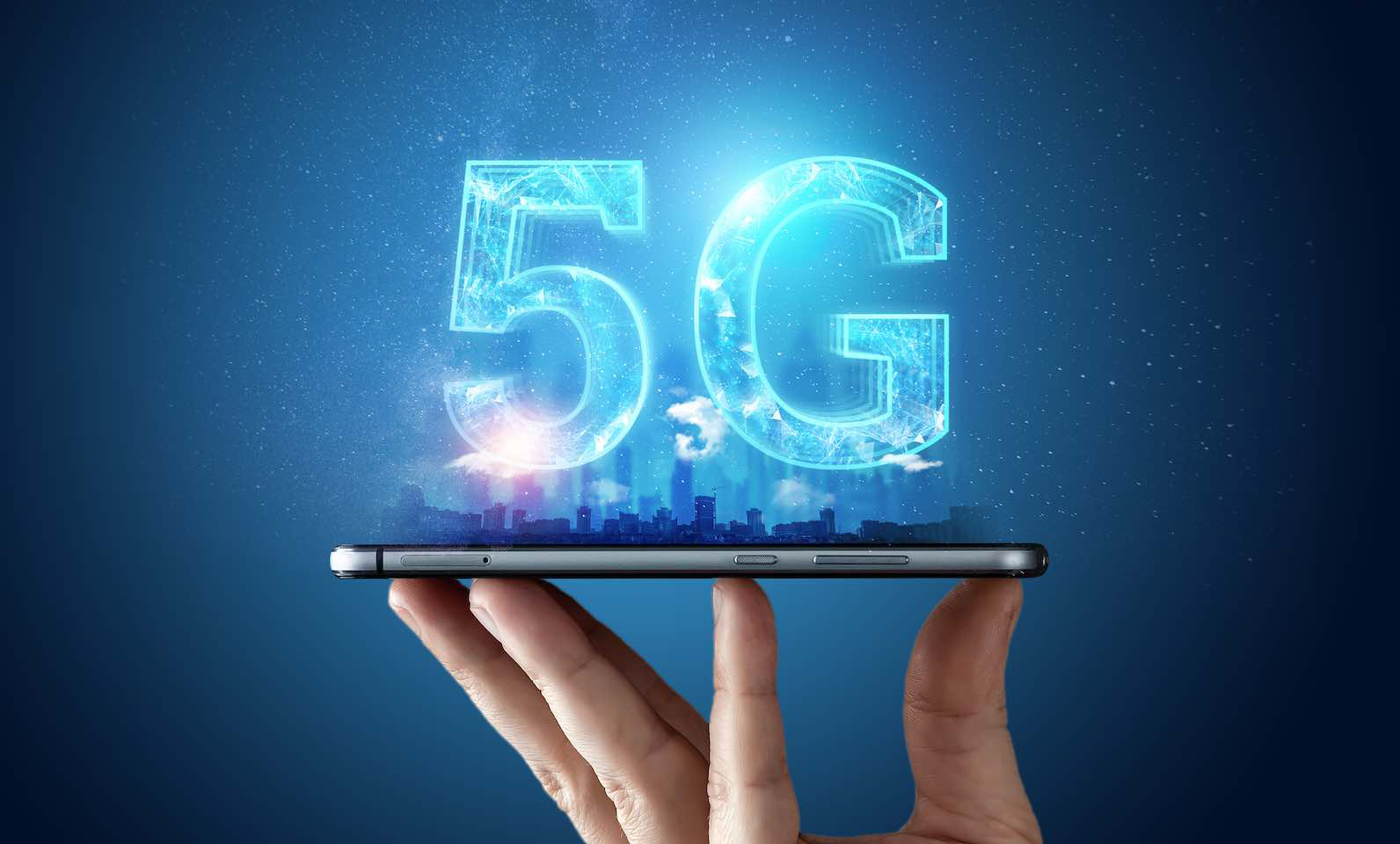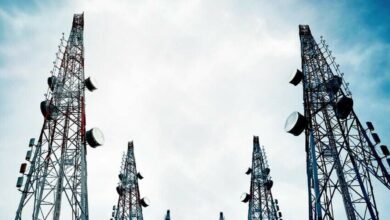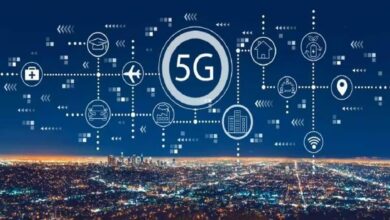5G: 3 Things you Should Know About 5G
5G becomes a reality

It’s been in the making for almost a decade, but now 5G becomes a reality. 5G is the next generation of mobile broadband that will replace your 4G LTE link, or at least increase it. You will see quicker download and upload speeds exponentially with 5G. Latency will also drastically decrease, or the time it takes for phones to connect with wireless networks.
How does 5G Work?
5G operates on three different bands of spectrum unlike LTE. While this may not seem significant, it will affect your everyday usage significantly.
Low-band spectrum can also be defined as the spectrum of sub 1GHz. It is the main band used for LTE by U.S. carriers, and almost reduced bandwidth. Although low-band spectrum provides a great area of coverage and penetration of the building, there is a big drawback: peak data speeds are about 100Mbps.
The scope of the midband has faster speeds and lower latency than the lowband. Nevertheless, it does not reach buildings as well as low-band spectrum. Expect peak velocities on mid-band spectrum up to 1Gbps.
High-band spectrum provides the highest quality for 5G, but with significant weaknesses. It’s often called mmWave. High-band spectrum can produce peak speeds of up to 10Gbps and is highly latentious. High-band’s main drawback is that it has low coverage area and poor penetration of house.
How fast is this?
The International Telecommunications Union (ITU) is a United Nations independent body that establishes technical standards for communication technologies and sets rules for the use of radio spectrum and interoperability in telecommunications. In 2012, the ITU developed a research program named “IMT for 2020 and beyond” (IMT-2020) and set minimum 5G criteria.
Data peak: 5G will provide much faster data rates. Per mobile base station, peak data rates will reach downlink of 20Gbps and uplink of 10Gbps. Note, that’s not the pace you’d encounter with 5 G (unless you’ve got a dedicated connection), it’s the speed all cell users share.
Efficiency: when used, radio interfaces should be energy efficient, and when not in use they should collapse into low-energy mode. Ideally, when no longer in use, a radio should be able to switch to a low-energy state within 10 milliseconds.
Mobility: base stations with 5G can support 0 to 310 mph travel. It basically means that the base station will operate on a range of antenna motions — even on a high-speed train.
What can 5G do?
Improved Broadband
If we want to keep using mobile broadband, the transition to 5G would certainly change the way we communicate with technology on a daily basis, but it is also an absolute necessity.
PTA Taxes Portal
Find PTA Taxes on All Phones on a Single Page using the PhoneWorld PTA Taxes Portal
Explore NowFollow us on Google News!





